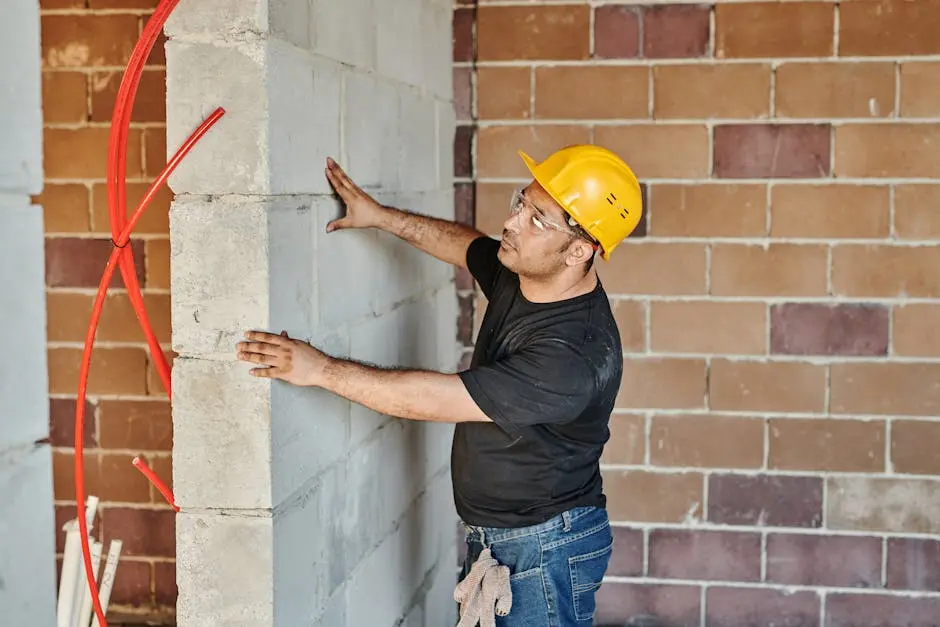Home inspections serve as a crucial step in the buying and selling process of a home, offering peace of mind and protection for both parties involved. In this blog, we’ll explore how these inspections work and the valuable role they play in real estate transactions.
Understanding the Purpose of Home Inspections
Home inspections provide a comprehensive evaluation of a property’s condition. They are designed to uncover any existing or potential issues that could affect the safety, functionality, and value of a home.
Imagine walking into your future home with no clue of what’s hiding behind those freshly painted walls. That’s where home inspections come into play, acting as a shield to protect you from unforeseen issues.
For first-time buyers especially, understanding the ins and outs of a home can be daunting. Inspections are not only about identifying problems; they are educational, helping you understand how different parts of a home work together.
How Buyers Benefit from Home Inspections
For buyers, home inspections offer an opportunity to understand the true condition of a property before finalizing a purchase. This knowledge can help negotiate repairs or price adjustments and ensure there are no surprise expenses after purchase.
A thorough inspection report can serve as leverage in negotiations. If significant repairs are needed, buyers can request the seller fix these issues or potentially lower the sale price, providing a financial buffer for future costs.
Moreover, inspections can reveal necessary maintenance, giving buyers peace of mind in knowing exactly what improvements might be down the road. This knowledge empowers buyers to make an informed decision about their investment choices.
Advantages of Home Inspections for Sellers
Sellers can use inspections to identify and address issues prior to listing their home, which can facilitate smoother transactions and potentially increase market value. A pre-inspection can also reassure potential buyers, making the home more appealing.
By opting for a pre-listing inspection, sellers can address necessary repairs ahead of time. This proactive approach can lead to quicker sales as the property will stand out as well-maintained and ready for new owners.
Transparency is key in real estate transactions. Providing a pre-inspection report can portray sincerity, reducing renegotiations and building trust with potential buyers. It aligns sellers as motivated and ethical, potentially leading to a smoother selling process.
Common Issues Found During Home Inspections
Some typical issues that arise during inspections include electrical system problems, roof damage, plumbing issues, and foundation concerns. Identifying these problems early allows both parties to make informed decisions about repair responsibilities and costs.
Let’s dive into what these common problems mean. Malfunctioning electrical systems can pose significant safety risks, while roof damage may lead to leaks, compromising the structural integrity of the house.
Foundation issues are another critical area inspected. They can be costly, but catching them early is imperative to prevent extensive damage. Similarly, effective plumbing systems are vital for daily living, and any faults should be addressed promptly.
Why Home Inspections are Essential for Both Buyers and Sellers
In conclusion, home inspections are an invaluable tool in the real estate process, offering significant protection and benefits for both buyers and sellers. They enhance transparency, ensure safety, and contribute to more informed decision-making. Whether buying or selling, a home inspection is a wise investment that can save time, money, and potential hassle in the long run.






